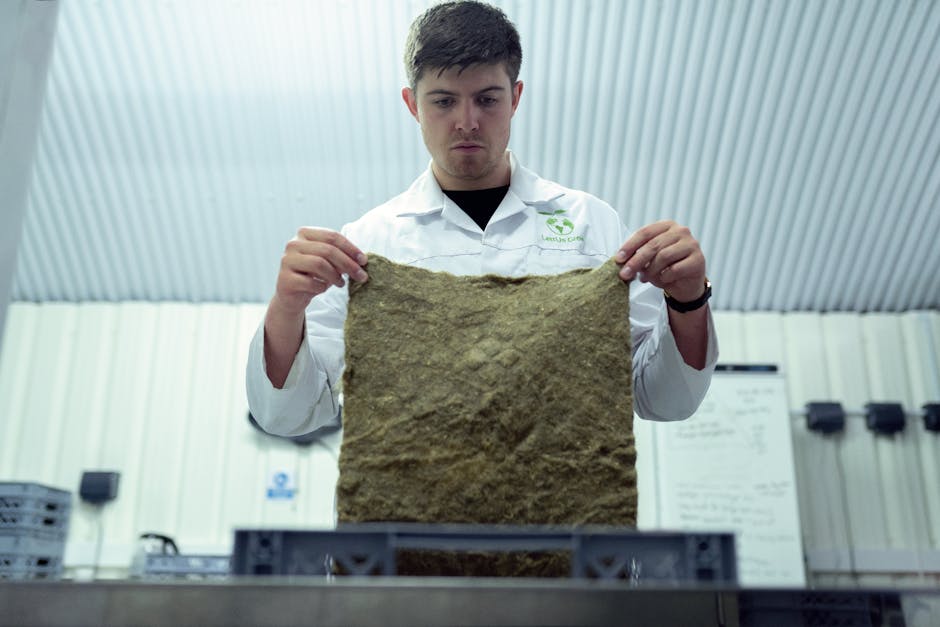Precision agriculture, already gaining traction, will experience exponential growth. This involves employing technology to optimize resource use at the individual plant or even leaf level. GPS-guided machinery, sophisticated sensors monitoring soil conditions, weather patterns, and plant health, coupled with data analytics, will allow farmers to apply inputs like water, fertilizer, and pesticides with unparalleled accuracy. This targeted approach drastically reduces waste, minimizes environmental impact, and maximizes yields. Expect to see further integration of artificial intelligence (AI) and machine learning (ML) in these systems, enabling predictive analytics for anticipating pest outbreaks or nutrient deficiencies, thus allowing for proactive interventions. Real-time data visualization dashboards will become commonplace, empowering farmers with actionable insights for better decision-making.
Robotics and automation represent another significant trend. Autonomous tractors, drones for crop monitoring and spraying, and robotic harvesters are already emerging from research labs and finding their way into commercial applications. These technologies will address labor shortages, reduce operational costs, and enhance efficiency, especially in large-scale operations. Furthermore, advancements in computer vision and AI will enable robots to perform increasingly complex tasks, such as weed identification and removal, fruit picking, and quality assessment. The development of more robust and adaptable robots capable of operating in diverse terrains and weather conditions will be critical for wider adoption.
Vertical farming and controlled environment agriculture (CEA) are gaining momentum as innovative solutions for sustainable food production. These systems utilize indoor facilities, often stacked vertically, to cultivate crops in controlled environments. LED lighting, automated irrigation, and climate control optimize growth conditions, resulting in higher yields and reduced water and land usage. Vertical farms can be located closer to urban centers, minimizing transportation costs and reducing the carbon footprint associated with food distribution. While the high initial investment remains a barrier, ongoing technological advancements and economies of scale are gradually making CEA more economically viable.
Big data and the Internet of Things (IoT) are fundamental to the future of AgTech. The proliferation of sensors, drones, and other IoT devices generates massive amounts of data related to soil, weather, crop health, and livestock. Advanced analytics techniques can process this data to identify patterns, predict outcomes, and optimize farming practices. Cloud computing platforms provide the necessary infrastructure for storing and processing this data, enabling data sharing and collaboration among farmers, researchers, and industry stakeholders. The development of secure and reliable data management systems, along with addressing privacy concerns, will be crucial for widespread adoption.
Biotechnology plays a pivotal role in enhancing crop resilience and yield. Gene editing technologies, such as CRISPR-Cas9, offer precise tools for modifying crop genomes, enabling the development of crops resistant to pests, diseases, and harsh environmental conditions. These techniques can also improve nutritional content and enhance yield potential. However, regulatory frameworks and public perception surrounding genetically modified (GM) crops remain critical considerations. Further research into sustainable and ethical applications of biotechnology will be necessary to address these challenges and ensure responsible innovation.
Blockchain technology offers a secure and transparent platform for tracking food products from farm to consumer. This enables traceability, enhances food safety, and combats fraud. By recording all transactions and movements of agricultural products on a distributed ledger, blockchain provides consumers with increased confidence in the origin and quality of their food. Furthermore, it can facilitate payments between farmers and buyers, streamlining supply chains and fostering greater transparency throughout the agricultural value chain.
The convergence of these trends points towards a future where agriculture is more precise, efficient, sustainable, and resilient. However, realizing this vision requires addressing several challenges. Access to technology and digital literacy among farmers, particularly in developing countries, needs to be improved through education and affordable solutions. Robust infrastructure, including reliable internet connectivity, is essential for supporting data-driven agriculture. Furthermore, developing ethical and regulatory frameworks for emerging technologies, such as gene editing and AI, is crucial to ensure responsible innovation and public trust. Ultimately, the future of agricultural technology hinges on collaboration between farmers, researchers, technologists, and policymakers to harness the potential of these advancements while addressing the social, economic, and environmental implications. By working together, we can build a more sustainable and food-secure future.
